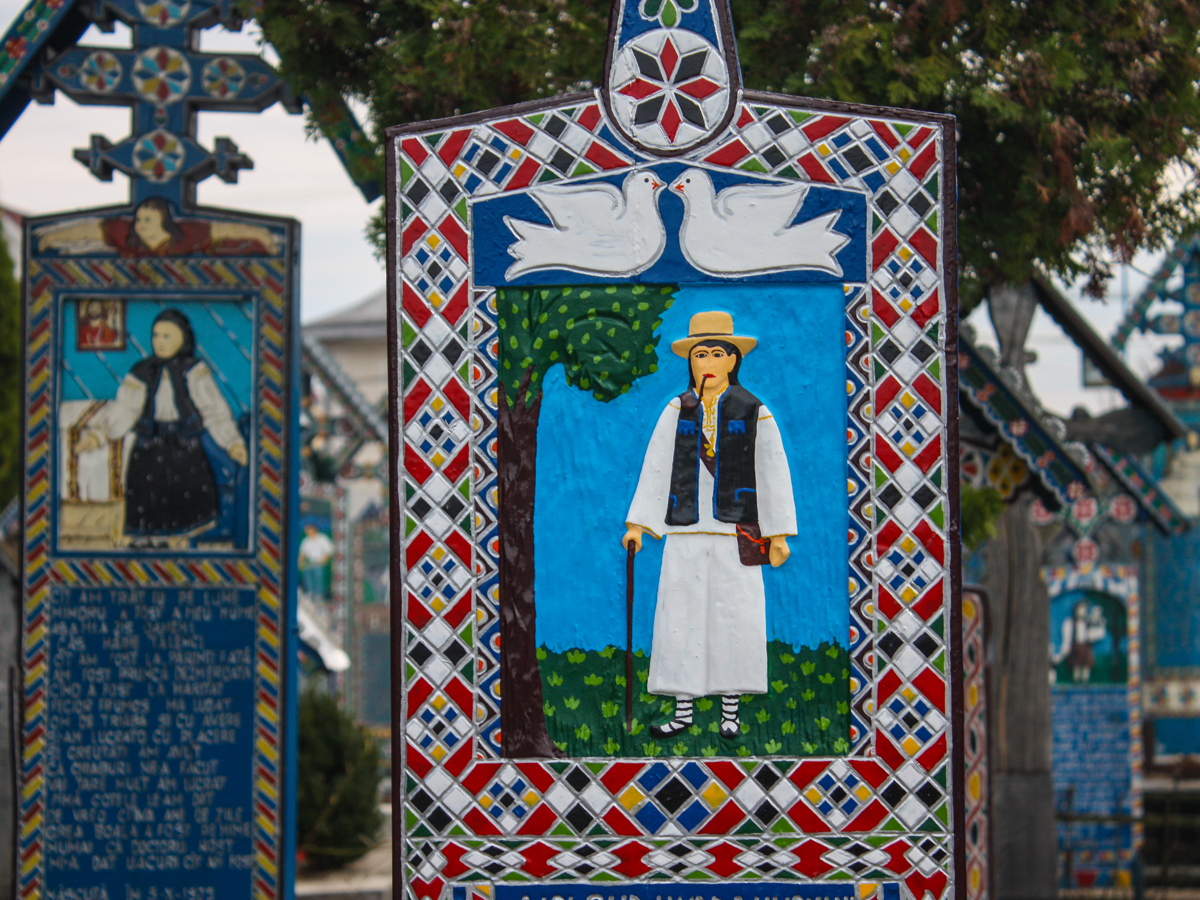
If you haven’t heard yet about a very interesting competition between travel enthusiasts, now is the time. We’re talking about the UNESCO Challenge (GoUNESCO), a competition that takes place in several countries since 2012 and which includes visiting as many UNESCO monuments as possible. Although formally such a challenge is not carried out in all countries, many travelers make their own travel plan to visit as many UNESCO monuments as possible in a certain amount of time. After all, all these monuments were included in UNESCO Heritage list because they represent cultural and natural treasures that have their own stories, are a testimony of different periods in world history or simply put, they are natural wonders.
UNESCO World Heritage list currently includes seven groups of monuments and place from Romania, so if you want to go on your own UNESCO Challenge in Romania, these are the places that you have to visit!
7 Unesco Heritage monuments in Romania
1.The fortified churches in Transylvania
Seven fortified churches are included on the UNESCO list, all from Saxon villages in Transylvania. These are the following: Calnic, Prejmer, Viscri, Darjiu, Saschiz, Biertan and Valea Viilor. Perhaps the most known churches on this list are the ones from Biertan and Viscri, but the other five are also worth visiting, especially since a tour of the fortified churches in Transylvania doesn’t take much time.
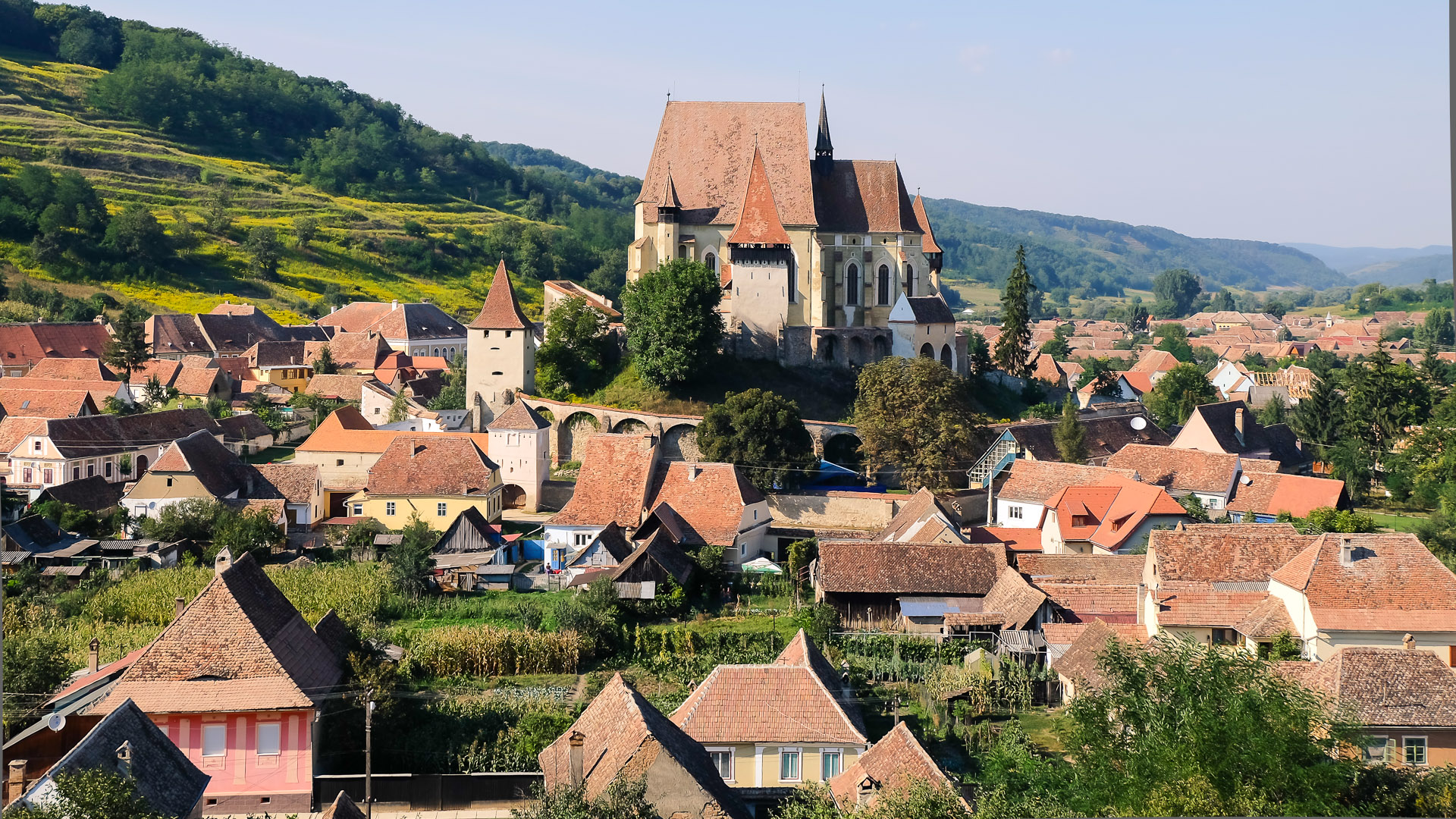
Few villages in Romania can boast a history as influential and having tangible traces of it as Biertan. Being a Saxon episcopal residence for almost three hundred years between 1572 and 1867, Biertan was one of the strongest peasant fortresses of Transylvania, strengthened around the fortified church. It was one of the first settlements of the Saxons of Transylvania, included in the “Two Seats” (Medias and Seica) and in the Andrean Diploma of 1224, Biertan village retains its old Saxon architecture to this day, with rows of houses arranged around the central square dominated by the fortified church.
Due to its defensive elements, the peasant citadel in Prejmer is the best preserved and most powerful medieval fortified fortress – church in Eastern Europe. Defended by bastions, drawbridges, a secret passageway underground and a so-called “death organ” that could trigger multiple harquebuses, the Prejmer fortress withstood a number of 50 attacks of Turks and Tatars.
The first church-redoubt (equipped with means of fire and subsistence) in Transylvania is the one in Saschiz, built of stone quarry, by the Saxon colonists in the period 1493-1496, in response to Tatar invasions.
2.Hurezi Monastery
Hurezi or Horezu Monastery, the most important edifice built by Constantin Brancoveanu was erected between 1690 and 1693.
Considered the most representative building in Brancoveanu style across the country, Hurezi is perhaps the largest monastic ensemble in Romania. It covers more than three hectares, including the monastery, the infirmary church, plus other two churches and two hermitages.
Asides from the interesting interior painting and other items, the Hurezi Monastery was also an important cultural center, hosting Constantin Brancoveanu’s library. The library stores approximately 4000 books and manuscripts, from ancient literary works, to works of Byzantine historians.
3.The painted churches in Moldova
There are 8 painted churches from the Moldova region, which were included on UNESCO’s World Heritage list. These churches can be found in Arbore village, Humor, Moldovita Monastery, Patrauti village, Probota Monastery, Suceava, Voronet Monastery and Sucevita Monastery.
The churches were built as resting places for princes and wealthy families. Some are surrounded by defensive walls since the medieval times were turbulent. Because each of the artists who painted the churches interpreted the scenes of sacred books in a personal way, slightly different, while respecting the Orthodox canons, the churches in Moldova are unique. The colors and tones used are also unique, characteristic to each place of worship, for example the famous Voronet blue, the green-red of Sucevita, the yellow of Moldovita, the red of Humor and the green of Arbore.
While the composition of some of the colors used for paintings has not yet been deciphered, it’s remarkable that the colors that enliven the walls of monasteries blend perfectly with the surrounding rural landscape.
4.Sighisoara’s historic center
Sighisoara, a town located in Transylvania, Mures County, was first mentioned in 1280 under the name of Castrum Sex, but the historian Georg Krauss (1607-1679) states that in 1191 the place where Sighisoara is located now, was already populated. The settlement was founded by German settlers who were brought here by the Hungarian King Geza II to defend the eastern borders of the empire.
Sighisoara has continued to develop outside of the old city and became an important city in Transylvania, being the residence of Tarnava Mare County during the interwar period.
Sighisoara Citadel is well – preserved to this day and it’s the only inhabited medieval citadel in Europe, keeping the romantic atmosphere of past times, animated by chivalry and honor.
5.The wooden churches in Maramures
This ensemble of monuments includes 8 wooden churches scattered around the villages of the Maramures area as following: Barsana, Budesti, Desesti, Ieud, Plopis, Poienile Izei, Rogoz and Surdesti.
They were considered the most beautiful wooden churches in Maramures, representing the traditional architecture of “The Wood Country”, as the region was known in the past.
The wooden churches are dated back to the seventeenth and eighteenth centuries but, according to experts, they would, in fact, preserve older architectural styles, dating back to several centuries ago. This is because, in many cases, the churches were built in the same places where there had been other churches, as architectural and decorative details are kept, and the repairs or restorations were made gradually, by replacing beams or shingles.
6.Dacian fortresses in Orastie Mountains
This ensemble of monuments includes 6 Dacian fortresses: Sarmizegetusa Regia, Costesti Cetatuia, Costesti Blidaru, Luncani – Piatra Rosie, Banita and Capalna.
Built using the murus dacicus technique, between the first century BC and the first century AD, the six fortresses were used for defense and protection against Roman conquest. These were the nucleus of the Dacian kingdom during the reign of Burebista to Decebal. The ruins, which can be seen today, give a pretty clear picture of the flourishing of the Iron Age civilization. They also reflect the development of the material culture of the period.
The oldest written mention about these fortifications dates back to the late sixteenth century. Then, historians talked about the existence of a city with stone walls, located in mountains, near Orastie. Periodically, the ancient ruins sparked the interest of researchers, but, nevertheless, there are still many mysteries waiting to be discovered.
7.Danube Delta biosphere reserve
One of the reasons for which the Danube Delta became a biosphere reserve is that, compared to other deltas of Europe and even on Earth, it has kept a higher biodiversity, meaning there is a large number of species in a wide variety of systematic units. Moreover, the Danube Delta impresses by its high density in many species that are rare or missing in other parts of the continent, although due to the effects of human activities in recent decades the numbers of these species and their habitats have been severely affected.
The biosphere reserve includes 30 types of ecosystems, 1839 flora species, 2590 fauna species and a natural gene bank with inestimable value for the world’s natural heritage.
There you have it; these are all of the Romanian monuments included so far on UNESCO’s World Heritage list. So, if you want to plan your own UNESCO challenge, or just include some of these monuments on your travel itinerary, you can always opt for private tours in Romania, which allow you to customize you travel experience, depending on the time, budget and attractions you want to visit.


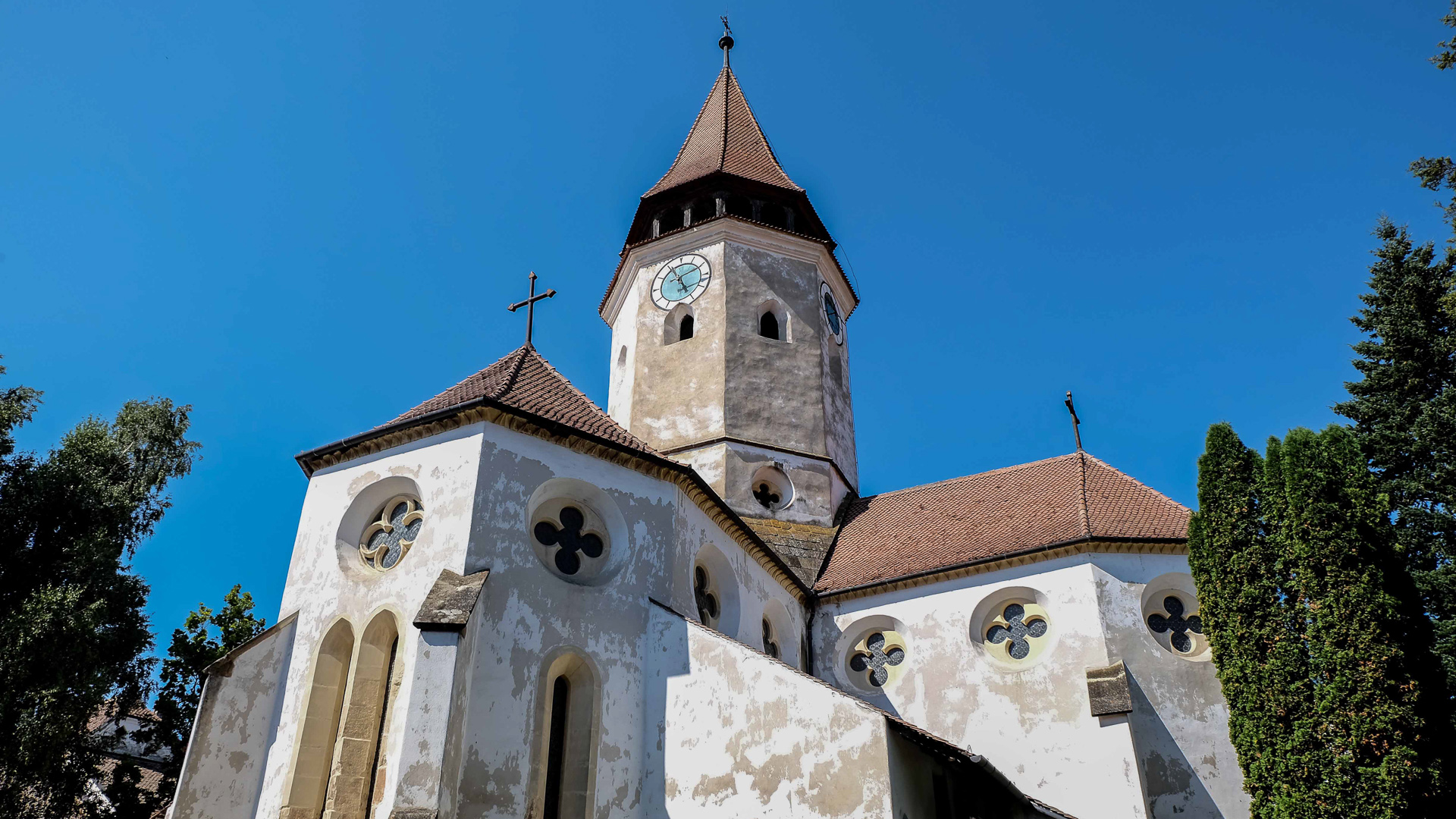
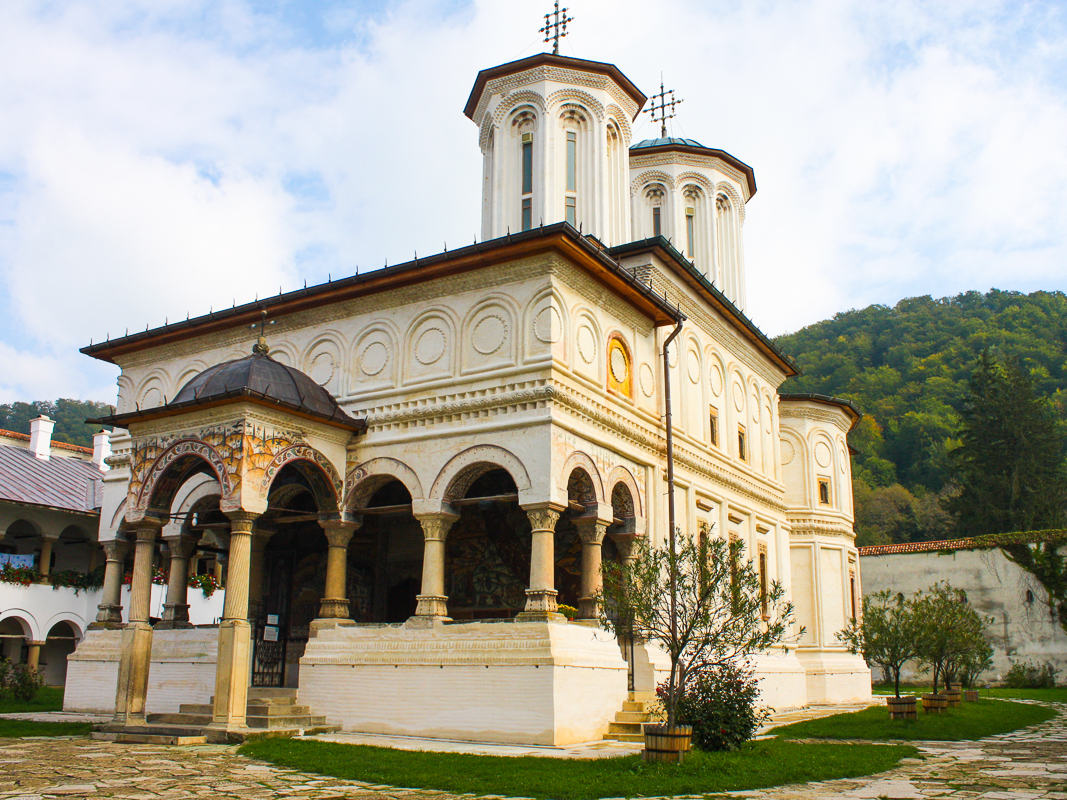


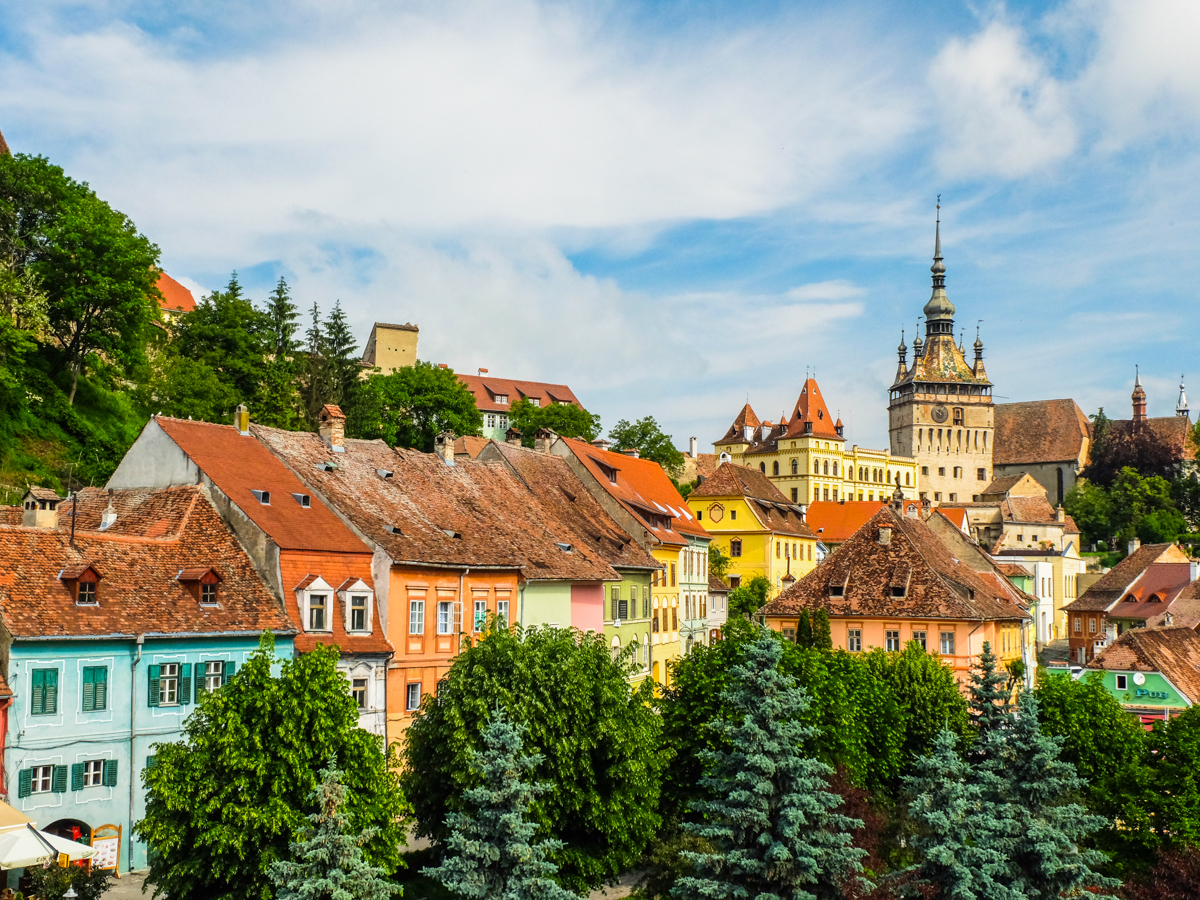

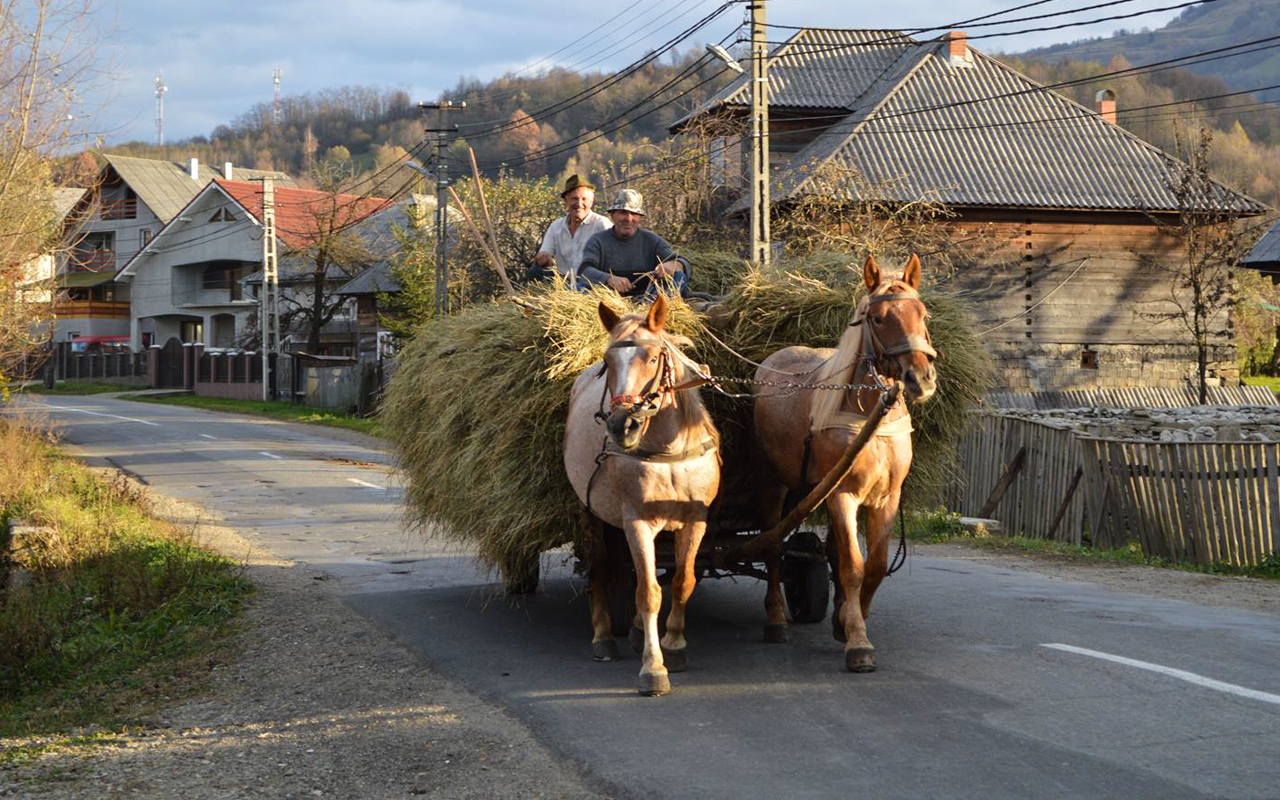
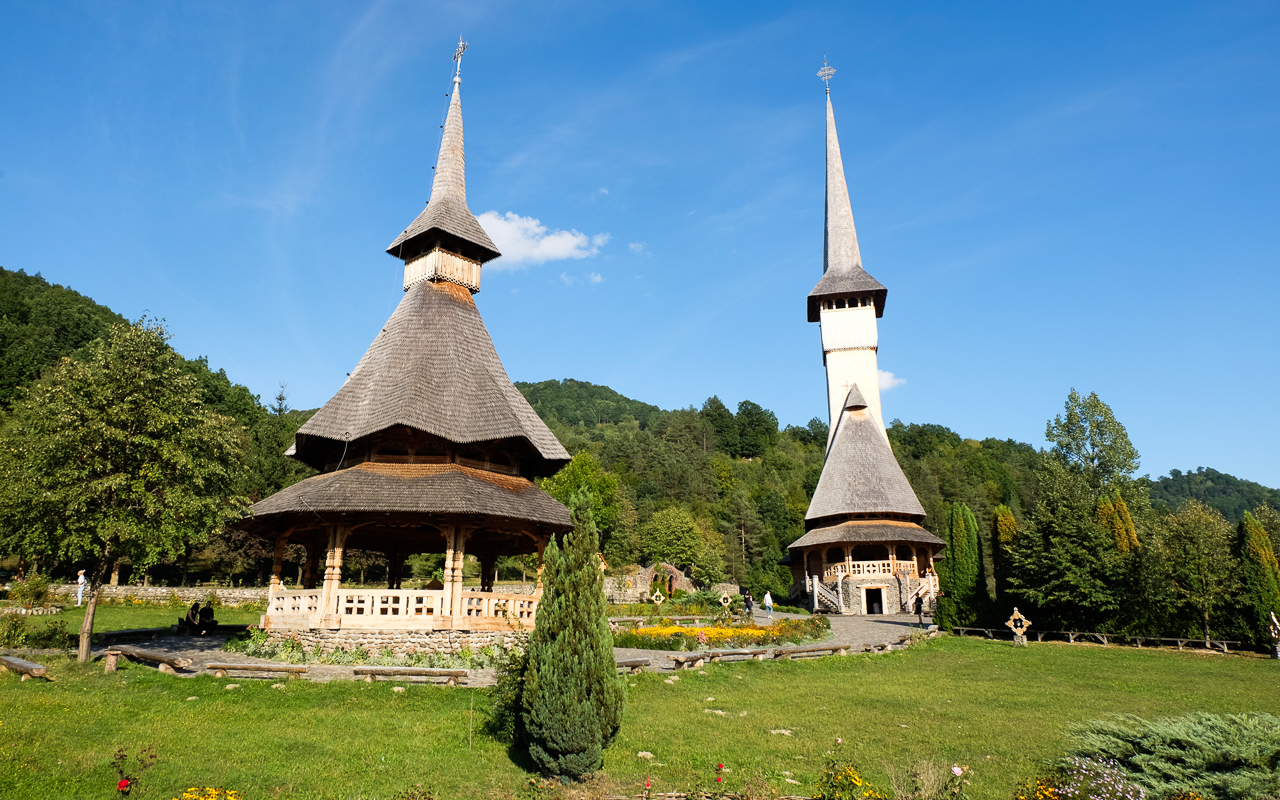
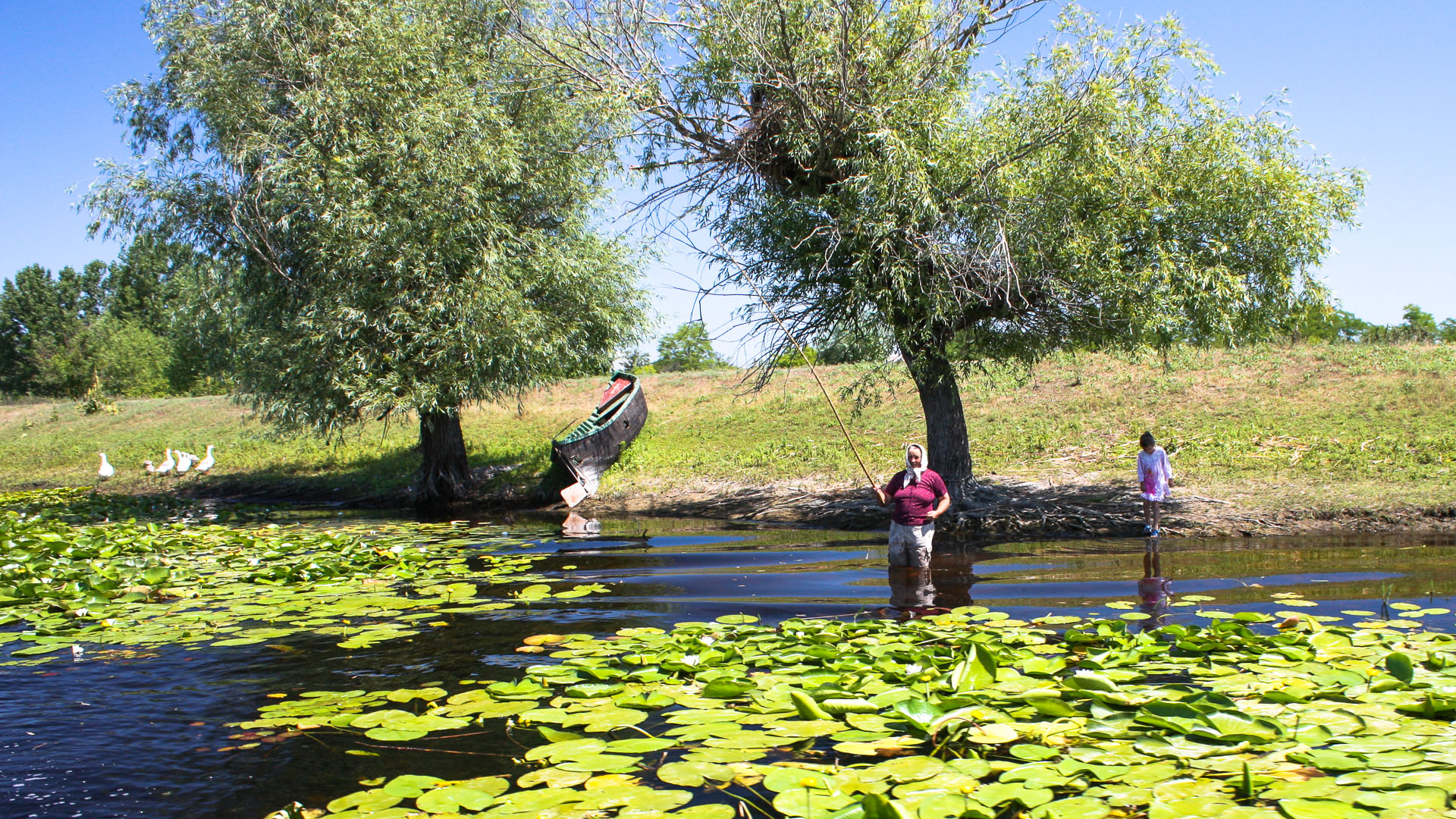
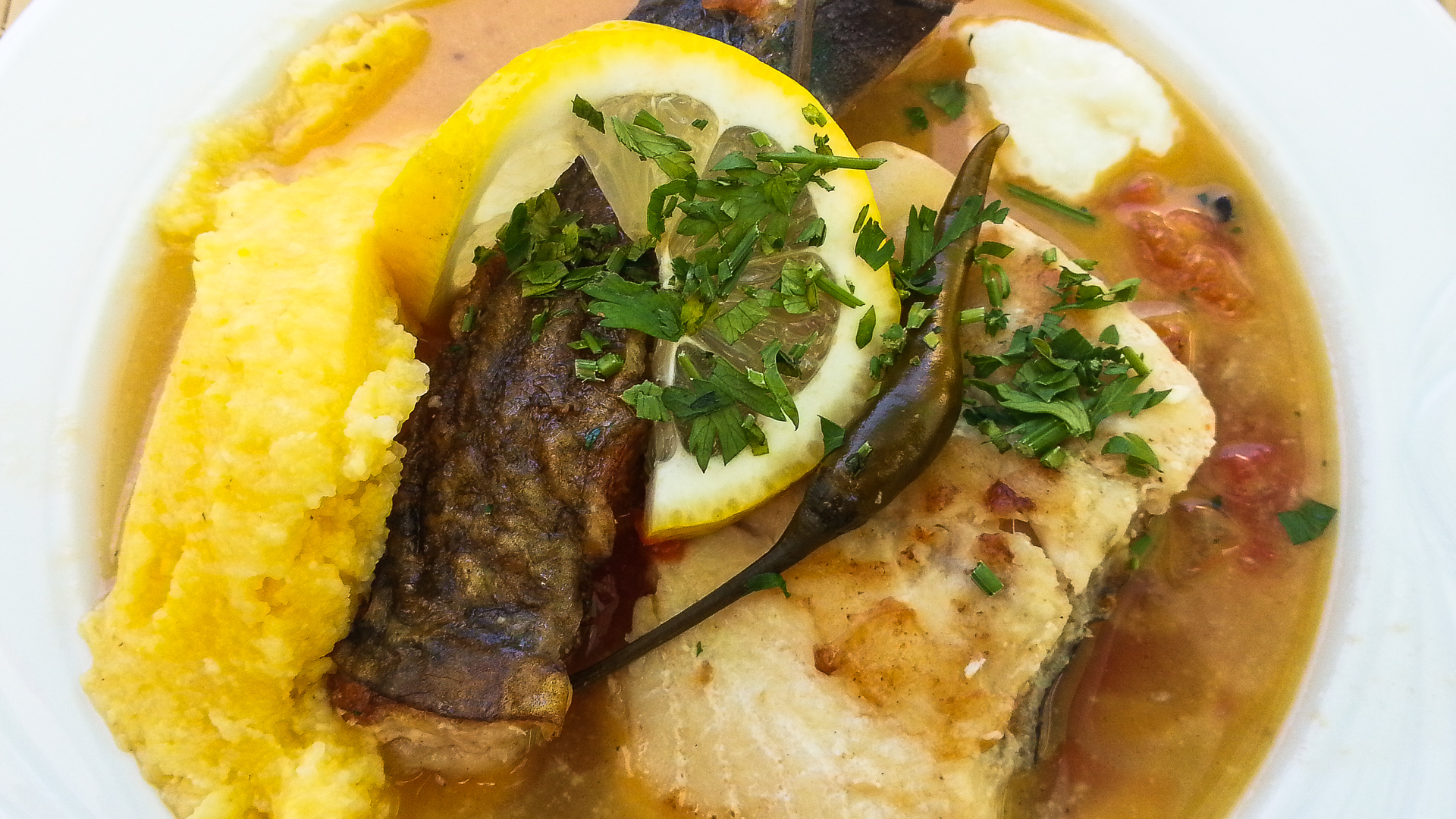

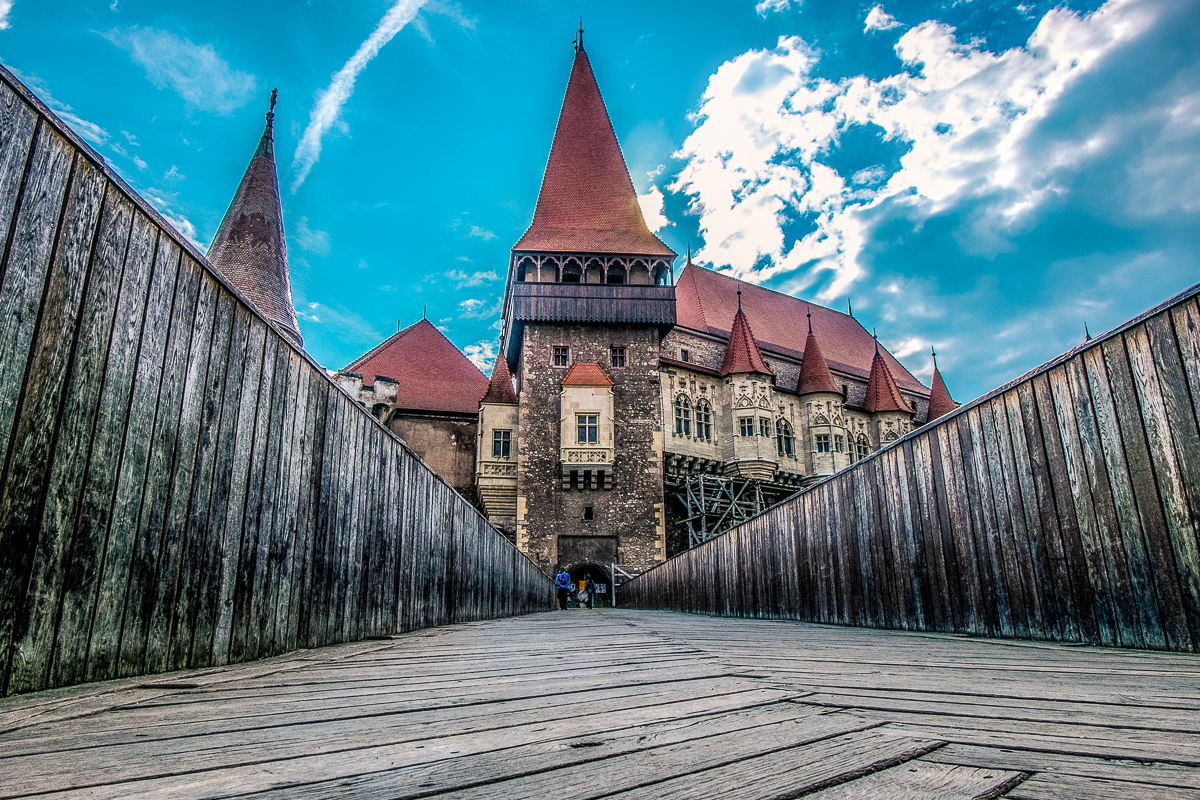
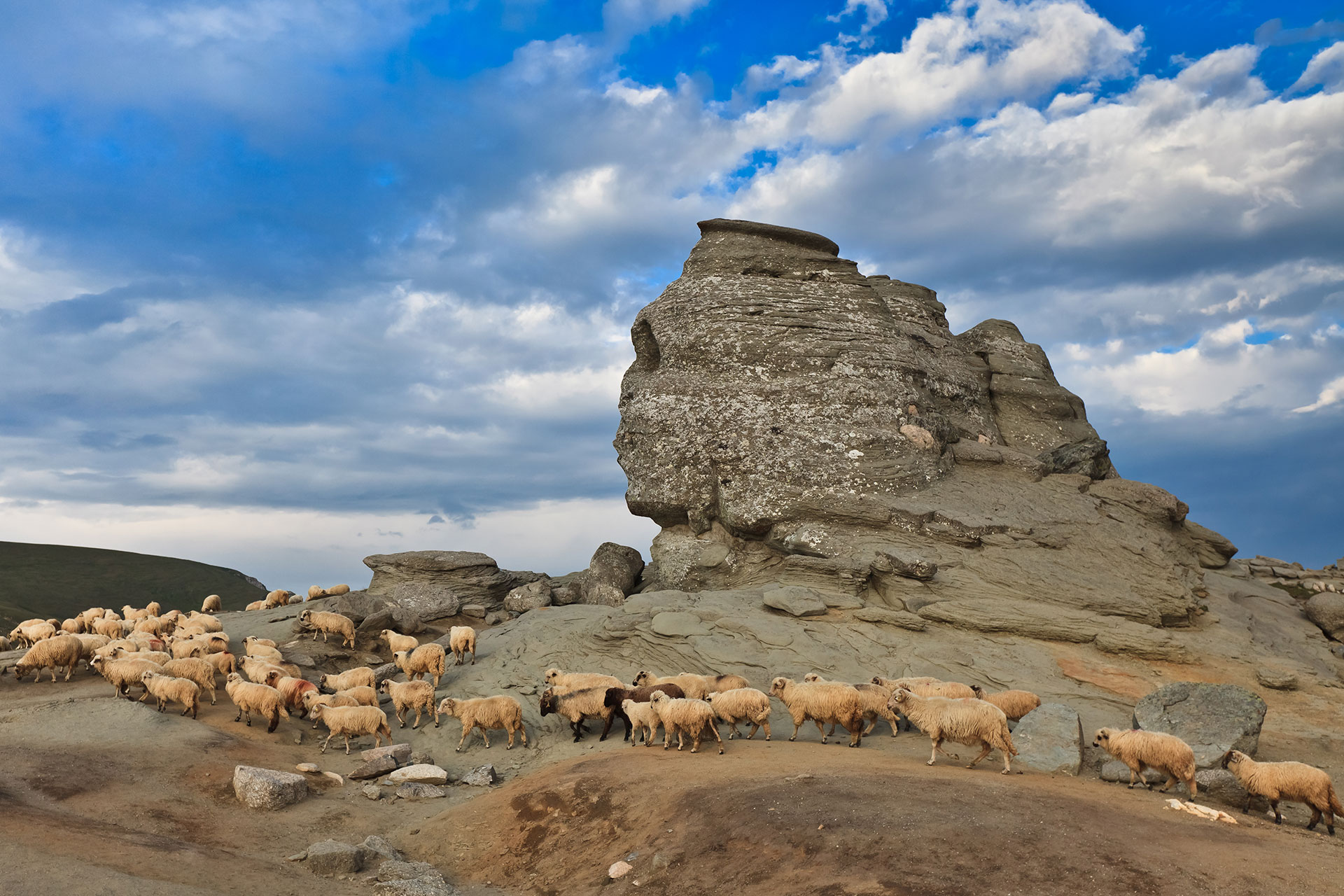
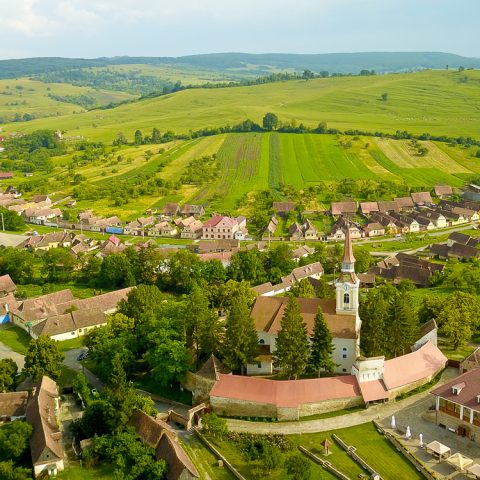
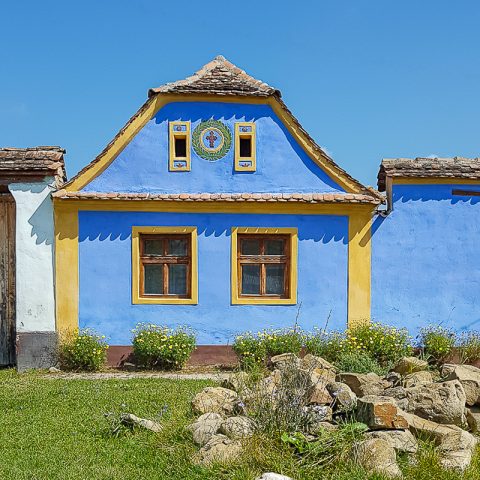
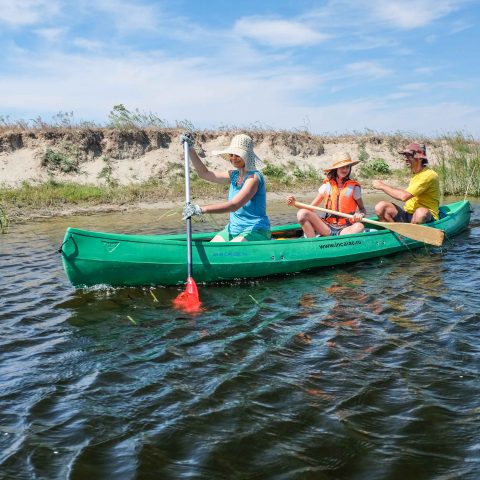











2 Comments On Romania’s UNESCO Heritage
Liezel Po
I will there there in Romania June 2 ,2018 onward and Hope to visit UNESCO office for the continuity of my magazine . Thank you. H0ping for your great help regarding this matter.
RTS-Web
Hi Liezel,
Thank you for your comment on our travel blog. You are doing a great job with your magazine.
For further details, we remain at your disposal.
I have found this address for you:
Romanian National Commission for UNESCO
Anton CEHOV str., no. 8
Sector 1, 011998 BUCHAREST, Romania
Phone: (40-21)231.32.24
(40-21) 231 13 33
Email: cnr(a)cnr-unesco.ro; sg(a)cnr-unesco.ro(SG)
Website: http://www.cnr-unesco.ro